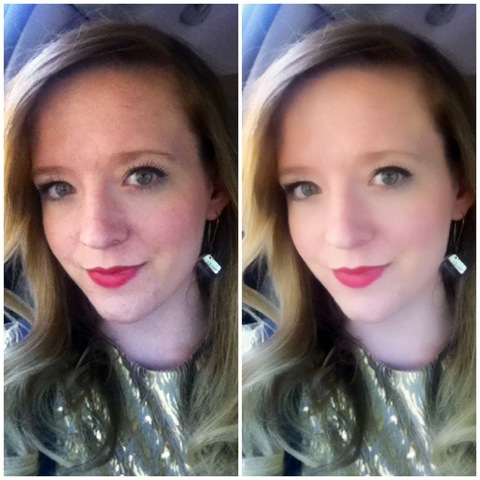
One of the first mistakes many beginners make is wait for sunny days, trying to avoid bad weather at all costs. So what is the best way to photograph clouds? Let’s go over the process and cover some of the techniques that I personally use when photographing cloudscapes.

In short, clouds are a far more essential element of your photographs than you might think. Without the clouds, both photographs would not have made their way to my portfolio, most likely forcing me to focus on something different and cutting out most of the sky.
#Filters for photos to make them look better iso#
In the below photo, the lenticular clouds around Mount Herard in the Great Sand Dunes National Park appear layered, covering two peaks and creating a stunning, dramatic view of the scene: NIKON D700 + 24-70mm f/2.8 35mm, ISO 800, 1/200, f/5.0 For example, the above cloud above Mt Rainier is classified as “ lenticular” and can appear in different shapes and forms throughout the year, sometimes looking like a flying saucer or a mushroom. And each of these categories contains different types of species and varieties that one could observe. NIKON D800E + 28-300mm f/3.5-5.6 40mm, ISO 100, 1/4, f/8.0īecause clouds appear in all kinds of shapes and forms, they are grouped into different fancy categories like cumulus, cumulonimbus, stratus and stratocumulus. In this article, I will not only talk about the process of photographing clouds, but also will focus on making clouds appear much more dynamic and dramatic in your photographs. In fact, clouds can be so beautiful, that they could become the main element of composition in your photographs. In contrast, if you get to witness a sunrise or a sunset with puffy, stormy clouds that are lit up from underneath with colorful sun rays, creating a fiery view, including the clouds in your photographs would make the scene appear much more colorful and alive.

Without clouds, sunrises and sunsets often look boring, forcing us to cut out the sky and focus on foreground elements instead.

As a landscape photographer, I tend to wait for partly cloudy and stormy days, because clouds make photographs appear much more dramatic and vivid. Nature often rewards us with incredible opportunities for photographing sunrises, sunsets and sun rays piercing through the clouds, creating stunning views.


 0 kommentar(er)
0 kommentar(er)
